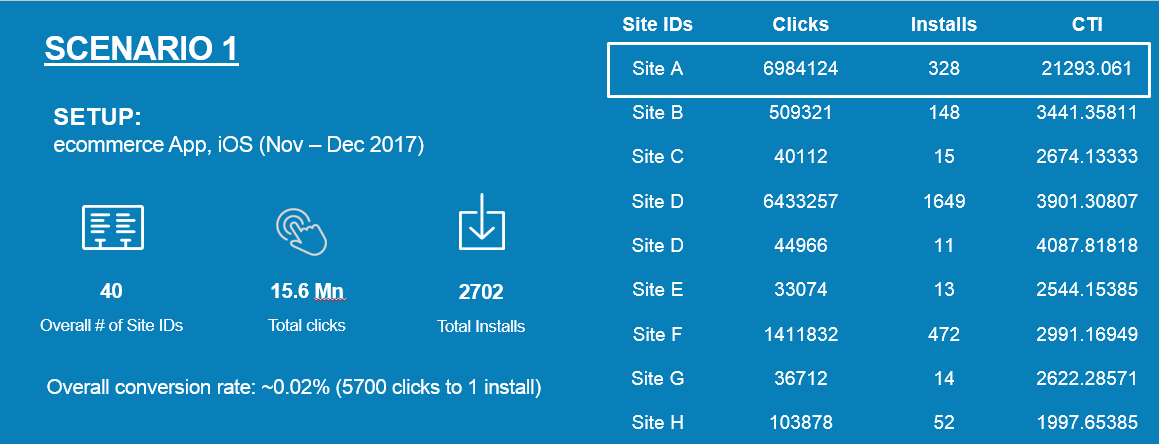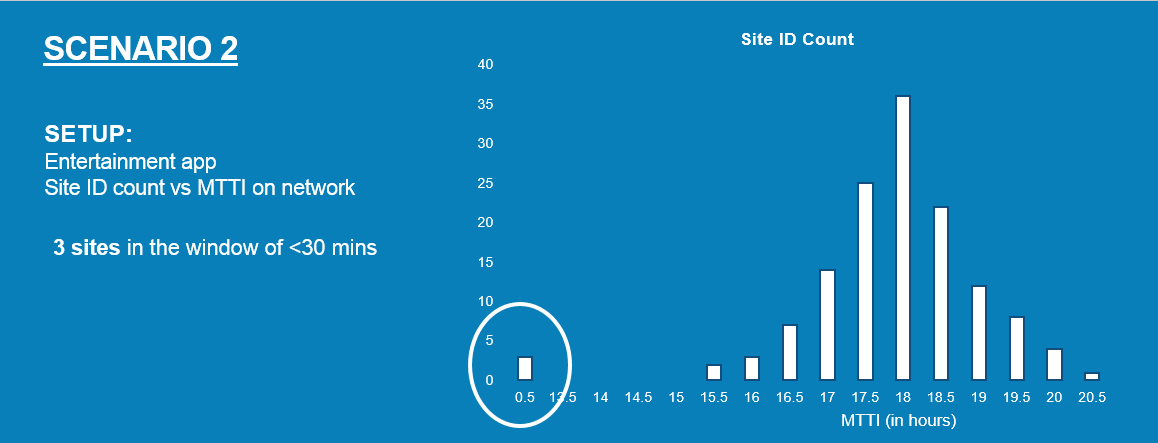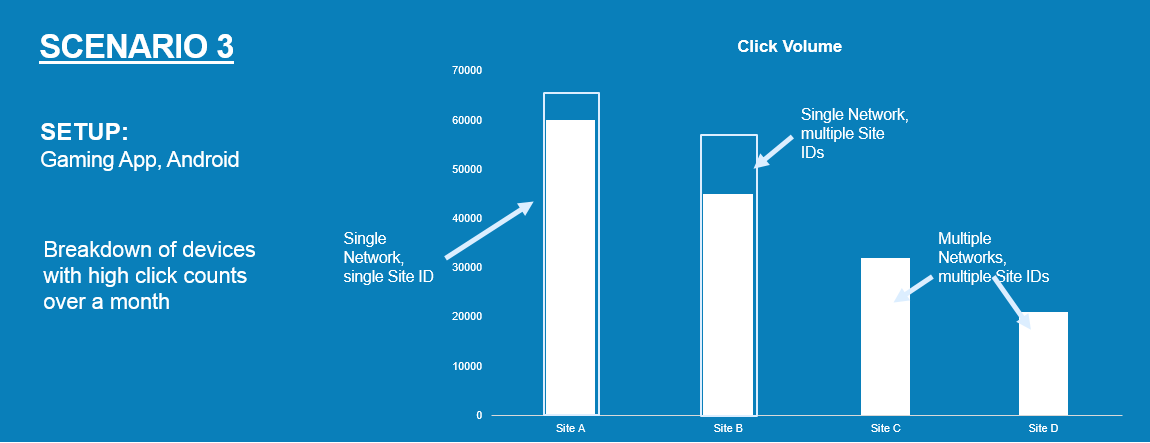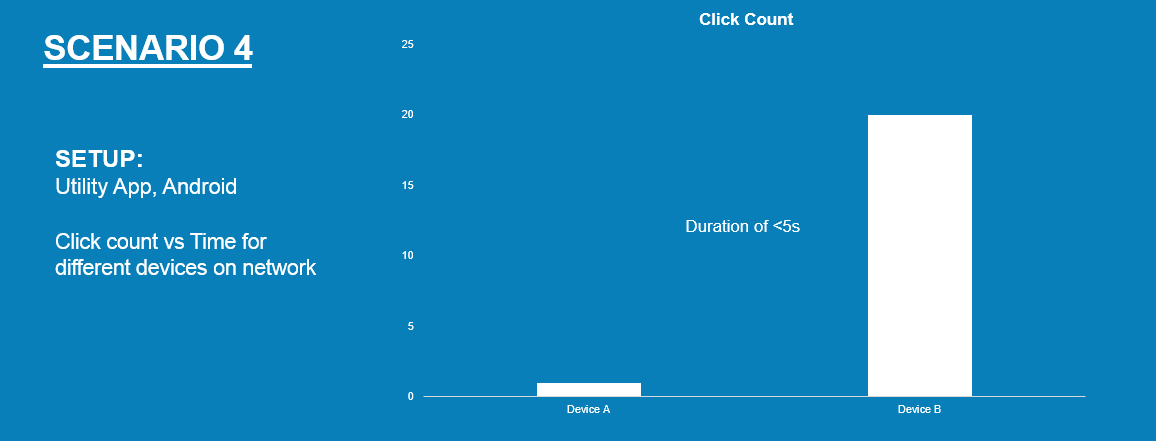Matt Kaplan
- Trust and Brand Safety
Fraud or Not: Can You Always Spot Mobile Ad Fraud? [Quiz]
The fact that mobile ad fraud is a growing concern among publishers and advertisers is nothing new. According to the latest figures from Adjust, mobile ad fraud almost doubled between 2017 and 2018, and some advertisers are set to lose as much as 80 percent of their ad budgets on mobile to fraud.
There are many reasons why fraud is on the rise, not least of which that fraudsters continually work to develop new, evasive tactics. But, another major concern is the lack of universal definitions regarding what constitutes fraud in all instances. Without common standards, marketers and advertisers have a far more difficult time identifying and then stopping all instances of fraud.
Spotting mobile ad fraud is no simple feat. What may seem fraudulent could actually be legitimate, and vice versa.
So, how good do you think you are at spotting fraud? Let’s look at a few scenarios.

In this situation, we can see that the click to install rate for Site A is seven times higher than it is for all of the other sites. It’s generating a lot of clicks, but not many installs considering the click totals.
So is this fraud?
A. Yes, definitely
B. No, definitely not
C. Not sure/Need more information

Here, over 97 percent of installs have a mean time to installation between 15.5 and 20.5 hours. So what about the small spike right around the 30-minute mark? Is this anomaly indicative of fraud?
A. Yes, definitely
B. No, definitely not
C. Not sure/Need more information

Of the four sites runnings ads for this gaming app, the outlier here is Site A. While the rest of the sites are using multiple site IDs to generate thousands of clicks per day, Site A has by far the greatest number of clicks per day - and all from a single Site ID.
So is this fraud?
A. Yes, definitely
B. No, definitely not
C. Not sure/Need more information

This scenario looks at the number of clicks coming from two different devices, A and B, going to a utility app. In less than five seconds, one click comes from device A, while device B is generating 20 clicks.
Is this fraud?
A. Yes, definitely
B. No, definitely not
C. Not sure/Need more information
So how do you think you stack up? Are you a fraud expert, or a total n00b?
Answers:
- C. On the surface, this definitely looks like ad fraud, likely click flooding or high clicking ad templates. But, that’s not the only possibility here. This could also be an instance where the network is not doing any targeting on this site, adopting a "spray and pray" approach instead. In short, more data is needed here before this can definitely be labeled as fraud or not.
- C. Yet again, more context and data is needed. It’s possible that click sniping is leading to the short MTTI numbers seen, but that’s not the only plausible explanation. There could easily be a scenario in which ads were highly targeted and some creatives included a timely call to action, which would explain some of the shorter MTTI figures.
- C. While this scenario is likely fraud, it’s not totally clear that fraud is actually happening in this instance. Incentivized installs and/or click flooding would explain Site A’s high click volume per day from a single device, but so would an integration/device ID issue. Alternatively, it’s possible that Site A has significantly more volume and users per day than the other three sites being looked at here. More data would be necessary before a definitive conclusion can be drawn here.
- A. This is an instance where fraud is far and away the most likely explanation to what’s happening here. In this situation, ad stacking is highly likely to be causing this anomaly. It’s possible an integration issue is leading to the large number of clicks being recorded from device B in such a short time frame, - for example, an improperly installed SDK - or that Offer Walls are responsible for the high velocity of impression counts, but that’s unlikely. If these were impression counts instead of clicks (i.e., a single device rendering 20+ ads in 5 seconds ), then the right option would have been C.
In short, it’s important to know that spotting and fighting ad fraud is almost never a straightforward endeavor. Before making a firm call, consider alternative explanations and think about what additional data is needed for deeper insights. As the stakes surrounding ad fraud increase, it pays to do proper due diligence to more efficiently crack down on ad fraud.
To learn more about what InMobi is doing to fight ad fraud and build trust in the advertising ecosystem, visit inmobi.com/trust.
Stay Up to Date
Register to our blog updates newsletter to receive the latest content in your inbox.






